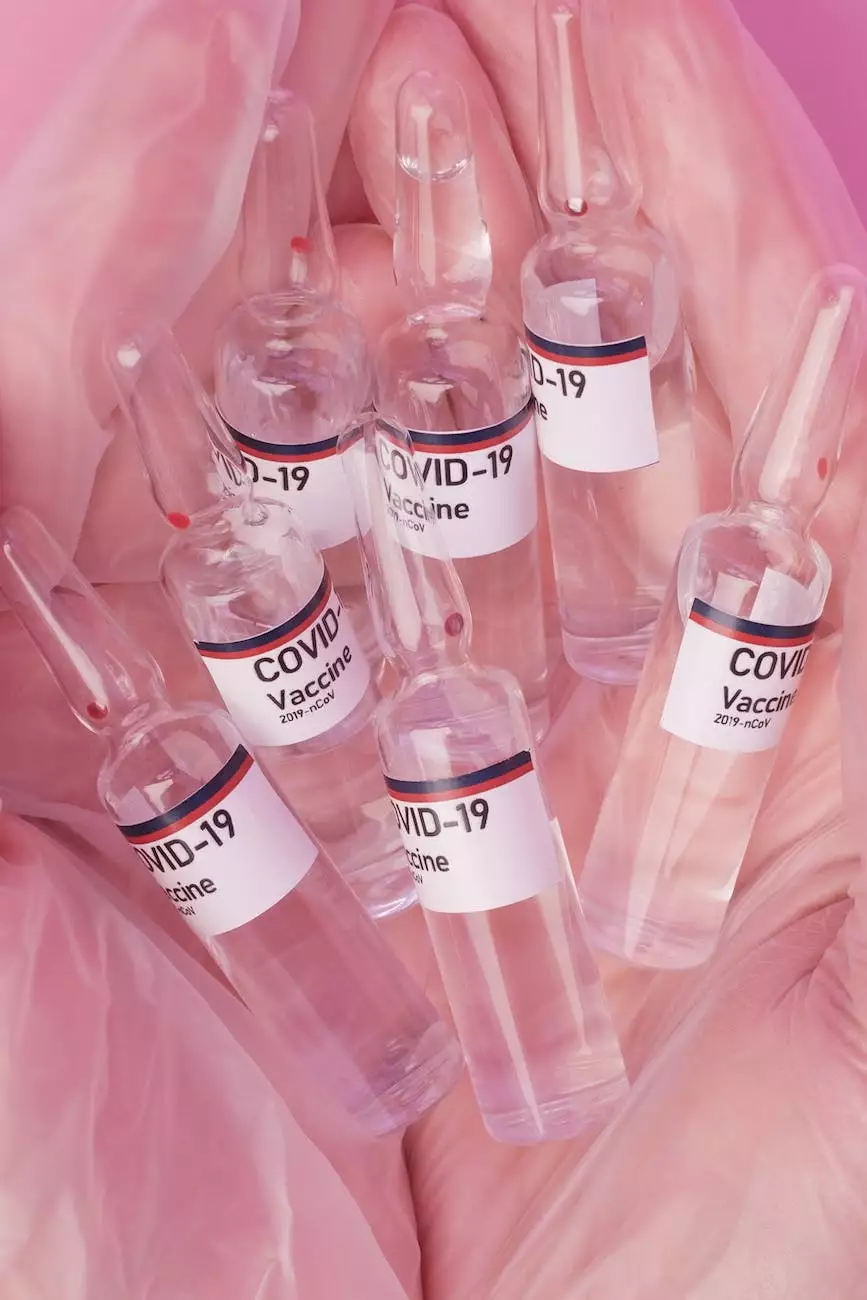What is the timeline between being exposed to COVID-19 and symptoms
Health
Welcome to MUIR DIABLO OCCUPATIONAL MEDICINE, where we provide comprehensive information on various health topics. Today, we will discuss the timeline between being exposed to COVID-19 and experiencing symptoms. As the world continues to face the challenges posed by the COVID-19 pandemic, it is crucial to understand the timeline of this virus and how it impacts our health.
Understanding COVID-19
COVID-19, caused by the novel coronavirus SARS-CoV-2, is a highly contagious respiratory illness that has affected millions of people worldwide. It is essential to understand the timeline of events after exposure to this virus to protect yourself and others around you.
The Incubation Period
The incubation period refers to the time between exposure to the virus and the onset of symptoms. For COVID-19, the incubation period typically ranges from 2 to 14 days, with the average being around 5-6 days. However, it is important to note that some individuals may remain asymptomatic throughout the entire period or may develop mild symptoms that go unnoticed.
Early Symptoms
After the incubation period, individuals may start experiencing early symptoms of COVID-19. These symptoms can vary from person to person, but the most common ones include:
- Fever
- Cough
- Shortness of breath
- Fatigue
- Muscle or body aches
- Headache
- Sore throat
- Loss of taste or smell
If you notice any of these symptoms, it is crucial to act responsibly and get tested for COVID-19.
Progression of Symptoms
As the virus continues to affect the body, symptoms may worsen and additional ones may appear. These can include:
- Difficulty breathing
- Chest pain
- Confusion or difficulty concentrating
- Bluish lips or face
- Severe abdominal pain
- Vomiting
- Seizures
If you or a loved one experience any of these severe symptoms, seek immediate medical attention.
Variable Symptom Timeline
It is important to note that the timeline of symptoms can vary from person to person. While some may display mild symptoms that resolve within a week, others may experience severe symptoms that require hospitalization. These differences highlight the importance of practicing preventive measures such as wearing masks, maintaining social distancing, and following proper hygiene practices.
Testing and Isolation
Testing for COVID-19 is vital, particularly if you have been exposed or are experiencing symptoms. By getting tested, you can help prevent the spread of the virus to others. If you test positive for COVID-19, it is crucial to self-isolate to avoid infecting others. The duration of isolation typically lasts for a minimum of 10 days after symptom onset or a positive test, with the last 24 hours being fever-free without the aid of medication.
Conclusion
Understanding the timeline between exposure to COVID-19 and the onset of symptoms is vital for protecting yourself and those around you. By being aware of the symptoms and practicing preventive measures, we can collectively overcome this pandemic. Remember to stay updated with reliable sources of information and follow the guidelines provided by healthcare professionals.
© 2022 MUIR DIABLO OCCUPATIONAL MEDICINE. All rights reserved.




